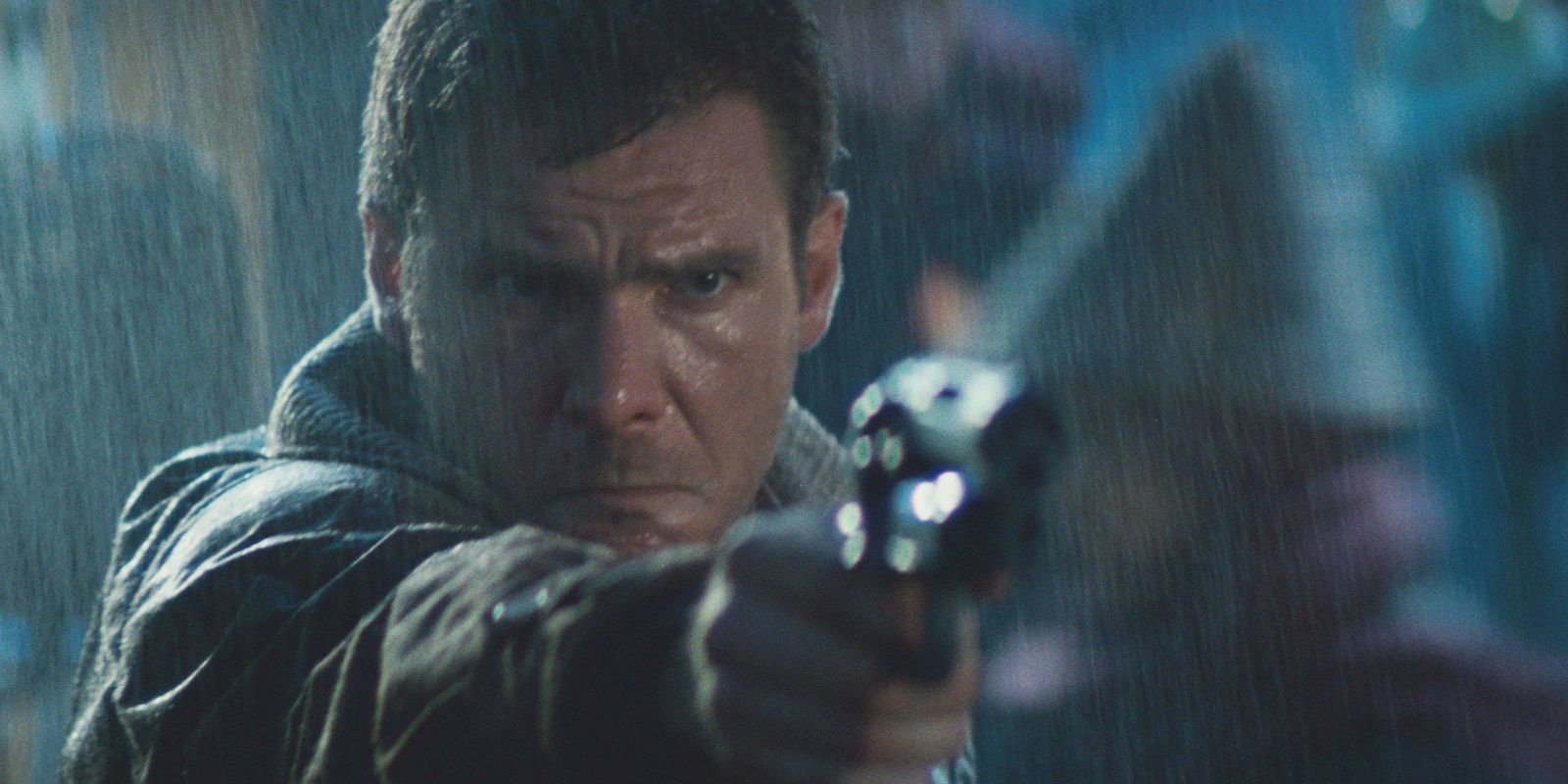In Blade Runner’s earlier drafts, a brutal replicant death scene completely altered the persona of the movie’s mysterious lead character. Blade Runner is one of the most recut movies in existence. Between the original theatrical cut, the Director’s Cut, the International Cut, and the Final Cut, there are multiple different versions of director Ridley Scott’s 1982 adaptation of Philip K Dick’s novel Do Androids Dream of Electric Sheep. Not only that, but some of these versions of Blade Runner even received theatrical releases. As such, there is no clear way of saying which is the definitive version of Blade Runner.
This makes the scenes that were cut from Blade Runner’s script all the more interesting. Blade Runner’s Final Cut reinstated a lot of material that was cut from the finished film, but only after the director already filmed these scenes. However, the sequences that were cut from the script represent something else. These are the moments that the director, screenwriter, producer, and studio executives all agreed didn’t belong in the finished film. In the case of Blade Runner, this includes one particularly gruesome death scene that has major implications for the rest of the movie’s story.
Blade Runner’s Original Mary Replicant Death Was Horrible
Until a very late stage, there were plans to include a Blade Runner character called Mary. A replicant, Mary was brutally murdered by Deckard in the original script. Per the script: “Mary is huddled in the rear of the closet…. she clutches a button-eyed monkey. Her face is bewildered, frozen in fear, her body riddled with holes.” As if this description of the victim’s childlike innocence wasn’t chilling enough, the script then makes it clear that Deckard isn’t fazed by Mary’s humanity: “Deckard SHOOTS her through the neck to make sure. Mary falls to the floor, like a puppet with her strings cut.”
While Blade Runner bombed at the box office, this doesn’t mean that the movie made no concessions to mainstream audiences. Scott’s vision of Dick’s novel was daring, but Blade Runner did at least cut this scene of Deckard coldly killing a defenseless replicant as she held a child’s toy and desperately sought to escape. Mary’s horrific death would have changed the essence of Deckard’s character since the replicant was unarmed and posed no threat to the antihero at the time of her demise. As such, cutting Mary’s death allowed viewers to empathize with Deckard more.
Cutting Mary’s Death Saved Deckard As A Character
Much of what makes Deckard a compelling character is not just the possibility that he might be a replicant, but the efforts that he makes to be a good man. Whether this is because he is secretly a replicant or not, Deckard’s attempts to do the right thing in a deeply morally ambiguous future make him a compelling, tragic figure. Much like Roy Batty’s Blade Runner villainy is complex and layered, so is Deckard’s heroism. However, keeping Mary’s death in the finished movie would have changed that. The scenes made Deckard an unambiguous monster and would have rendered Blade Runner’s story too dark as a result.
This story originally appeared on Screenrant


